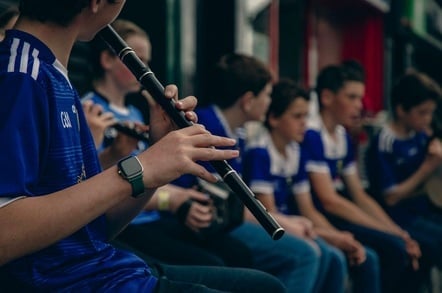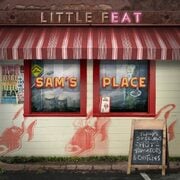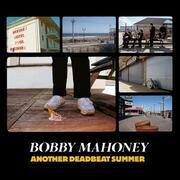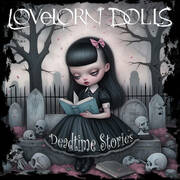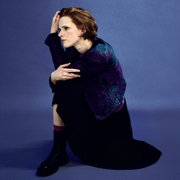New York, NY (Top40 Charts) The penny whistle, also known as the tin whistle or Irish whistle, has played a significant role in the development and perpetuation of traditional Irish music. This unassuming instrument, often crafted from metal or wood, boasts a rich history that intertwines with the cultural and musical heritage of Ireland. From its humble beginnings to its prominence in modern Irish music, the penny whistle's journey is a testament to its enduring appeal and versatility.
Early Beginnings
The penny whistle's origins can be traced back to ancient times, with evidence of similar fipple flutes appearing in archaeological finds from various cultures around the world. However, the modern penny whistle, as we recognize it today, began to take shape in the 19th century. Its development is closely linked to the industrial revolution, which facilitated mass production and made musical instruments more accessible to the general public.
In the early 1800s, Robert Clarke, an Englishman, started manufacturing tin whistles in Manchester. These instruments were simple and affordable, costing just a penny, which is how they earned their name. Clarke's design featured a cylindrical metal body and a wooden fipple plug, creating a clear, bright sound that resonated well with folk musicians. The penny whistle quickly became popular among the working class in Britain and Ireland, providing an inexpensive way to make music and participate in communal gatherings.
The Penny Whistle in Irish Tradition
As the penny whistle gained popularity, it became deeply embedded in Irish musical traditions. Its portability and ease of play made it an ideal choice for itinerant musicians and those who gathered in informal settings, such as pubs and family homes. The whistle's ability to produce a wide range of notes with simple fingerings made it accessible to both beginners and skilled musicians.
In the 19th and early 20th centuries, the penny whistle was often used to accompany dances, storytelling, and social events. It played a crucial role in the transmission of traditional Irish tunes, many of which were passed down orally from generation to generation. The whistle's bright, piercing tone allowed it to stand out in group settings, making it a favorite for playing lively jigs, reels, and hornpipes.
The Revival and Modern Popularity
The mid-20th century saw a revival of interest in traditional Irish music, partly fueled by the folk music movement in America and Europe. This resurgence brought renewed attention to the penny whistle, as musicians and enthusiasts sought to rediscover and preserve Ireland's musical heritage. The publication of influential tune collections and instructional books, such as those by Seán Ó Riada and others, further solidified the penny whistle's place in Irish music.
One of the pivotal figures in this revival was Paddy Moloney, the founder of The Chieftains, a band that played a significant role in bringing traditional Irish music to a global audience. Moloney's virtuosity on the penny whistle showcased the instrument's potential for expressive and intricate performances. The Chieftains' success helped inspire a new generation of musicians to take up the penny whistle and explore its possibilities.
In the latter half of the 20th century and into the 21st century, the penny whistle continued to evolve. Instrument makers began experimenting with different materials, such as plastic and aluminum, to create whistles with varied tonal qualities. High-quality, hand-crafted whistles by makers like Michael Burke and Colin Goldie became highly sought after by professional musicians.
The Penny Whistle in Contemporary Irish Music
Today, the penny whistle remains a staple of traditional Irish music, cherished for its simplicity and expressive capabilities. It is often one of the first instruments young musicians learn, providing a gateway to the broader world of Irish folk music. The whistle's presence can be heard in countless recordings and live performances, from solo acts to full traditional bands.
Modern penny whistle players continue to push the boundaries of the instrument. Artists such as Mary Bergin, Joanie Madden, and Brian Finnegan have gained international acclaim for their skill and innovation. Their work demonstrates that the penny whistle is not just a relic of the past but a vibrant, evolving instrument capable of captivating contemporary audiences.
In conclusion, the history of the penny whistle in Irish music is a story of adaptation and resilience. From its origins in the industrial revolution to its central role in the revival of traditional music, the penny whistle has endured as a beloved instrument in Irish culture. Its accessibility, distinctive sound, and deep connection to the social fabric of Ireland ensure that the penny whistle will continue to enchant and inspire musicians and listeners for generations to come. Whether in a cozy pub session or on a grand concert stage, the penny whistle remains a symbol of Ireland's rich musical heritage.















